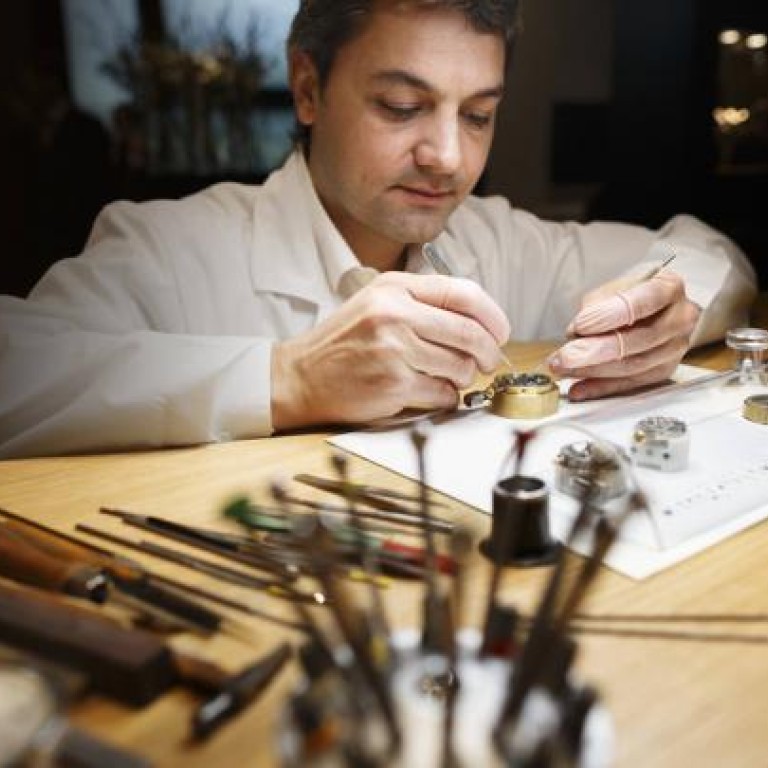How times have changed: the rise of women-only watches

Watchmakers and jewellers have turned their attention to women
Men who visited Vacheron Constantin's booth at this year's Salon International de la Haute Horlogerie (SIHH) were disappointed. In a bold strategic move, the luxury Swiss watchmaker decided to launch women's novelties this year - and women's only.
"We wanted to make a strong statement," says Christian Selmoni, the brand's artistic director. "Women's watchmaking has changed a lot in the past few years. We have moved from a market where it was just men buying watches for ladies. In most of the cases, those weren't [done in the] best way to create watches."
Vacheron Constantin wasn't the only one at SIHH hoping to tap into the women's demand for mechanical watches. Brands such as Audemars Piguet, Baume & Mercier and Jaeger-LeCoultre are also jumping on the bandwagon to change the notion that women's watches are more about carats than calibre.
"Women today are not necessarily only looking for watches with diamonds, but more and more active [designs]," says Octavio Garcia, Audemars Piguet's chief artistic officer.

Montblanc International, for example, issued its first couples watch, Seconde Authentique Pour Elle & Lui, this year, featuring its own manufactured automatic movements. Lutz Bethge, the brand's CEO, says that while there are those who still prefer the convenience of quartz timepieces, there is an increasing interest in small complications.
For brands with a long history in watchmaking, crafting women's mechanical models is no new endeavour, as the first wristwatches were worn mostly by women who found pocket watches impractical. Jaeger-LeCoultre's first mechanical wristwatch, for example, was actually made for women.
Nevertheless, the 1980s fad for quartz models diluted the popularity of women's mechanical watches, and it wasn't until this year that the industry finally saw a comeback in automatic watches for women.
The emerging trend may also have something to do with the buying power in China. "Ten years ago, the men's market was really strong in China but, recently, we have seen that the women's market has improved substantially," says Jaeger-LeCoultre's CEO Jerome Lambert. "In China, quartz watches are completely out of fashion and I think it is changing the game for the rest of the world."
Baume & Mercier's CEO Alain Zimmermann agrees that the trend stemmed from a market change in Asia and says the brand placed more emphasis on the automatic side of women's collection this year.